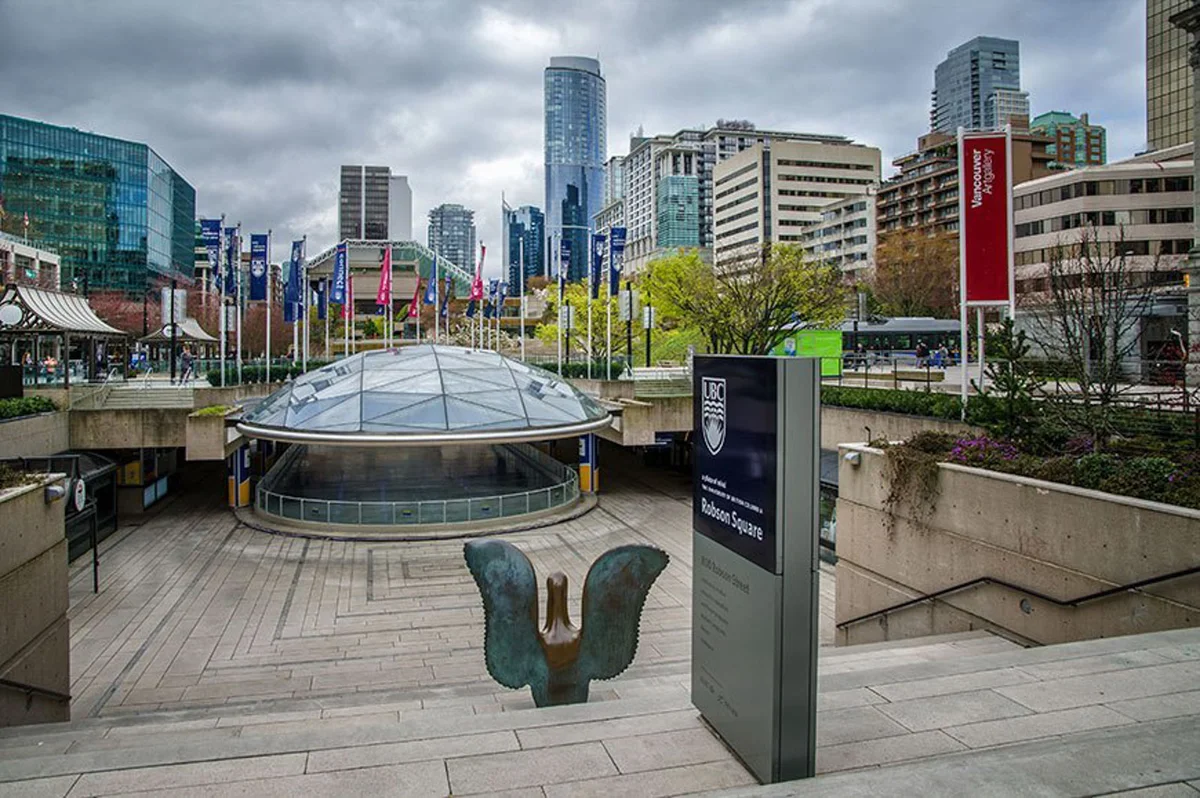
As of July 1, 2017, the division of Extended Learning (UBC ExL) will replace the 26-year-old division of Continuing Studies. This follows a Senate vote in favour of changing the division’s name and mandate, beginning its transition to becoming a primarily administrative unit.
Over the past four years, Continuing Studies has accumulated $4.8 million in debt, but according to Associate Provost of Academic Innovation Hugh Brock, the proposed changes are not cuts to the department.
“One of the key goals … is to really encourage the faculties as much as possible to embrace personal education,” said interim executive director of Continuing Studies Peter Moroney. He said instead that the changes focus on innovation and flexible education. The goal is “to find the right mix between the access and convenience offered by [online resources] and the kind of intensive experience that you can only get face to face.”
The focus on innovation and flexible learning is nothing new for Continuing Studies, which was the first department in Canada to introduce 100 per cent web-based courses in 1995.
The primary mandate of UBC ExL following the current changes will be to support faculties with administration required to offer non-traditional learner programs, while allowing faculties themselves to create academic content.
Brock explained that UBC ExL will offer support with aspects of course creation that “aren’t academic functions, per se.” This reflects changes the university has observed in the career and personal education strategies of today’s students in order to “do a better job of reaching out to more learners in more ways.”
According to Brock, the goal is innovation, with faculties owning their intellectual domains and with UBC ExL in charge of administrating their programs. Using the example of creative writing, Brock explained that “they know about creative writing, we know about online learning and effective online courses” — so together, they might be able to improve both what they do and how they do it.
The next step for the university will be discussion with faculties and a review of all the programs offered by Continuing Studies to decide on the best way to offer programs in the future. The Senate vote is only the start of what Brock called “a long transition phase.”
“We have a lot of students who’ve already registered but not taken courses in Continuing Studies, [or] who are in the midst of a program of courses to get a certificate,” said Brock. “Nobody will be left high and dry.”
The timeline for implementing the university’s UBC ExL strategy is years long and in the process, UBC continues to “have a commitment to [their] students.”
According to Brock, “the Senate did not give us permission to disestablish Continuing Studies as an academic unit.” In some cases, Brock said, there will be departments that “have more good ideas than they have administrative support to deliver them” and will be “happily letting us provide administrative support.”
In other cases, he recognized that Continuing Studies programs might continue to be offered by UBC ExL, “either because they are so interdisciplinary that no faculty owns them, [or] because faculties aren’t at this time interested.”

